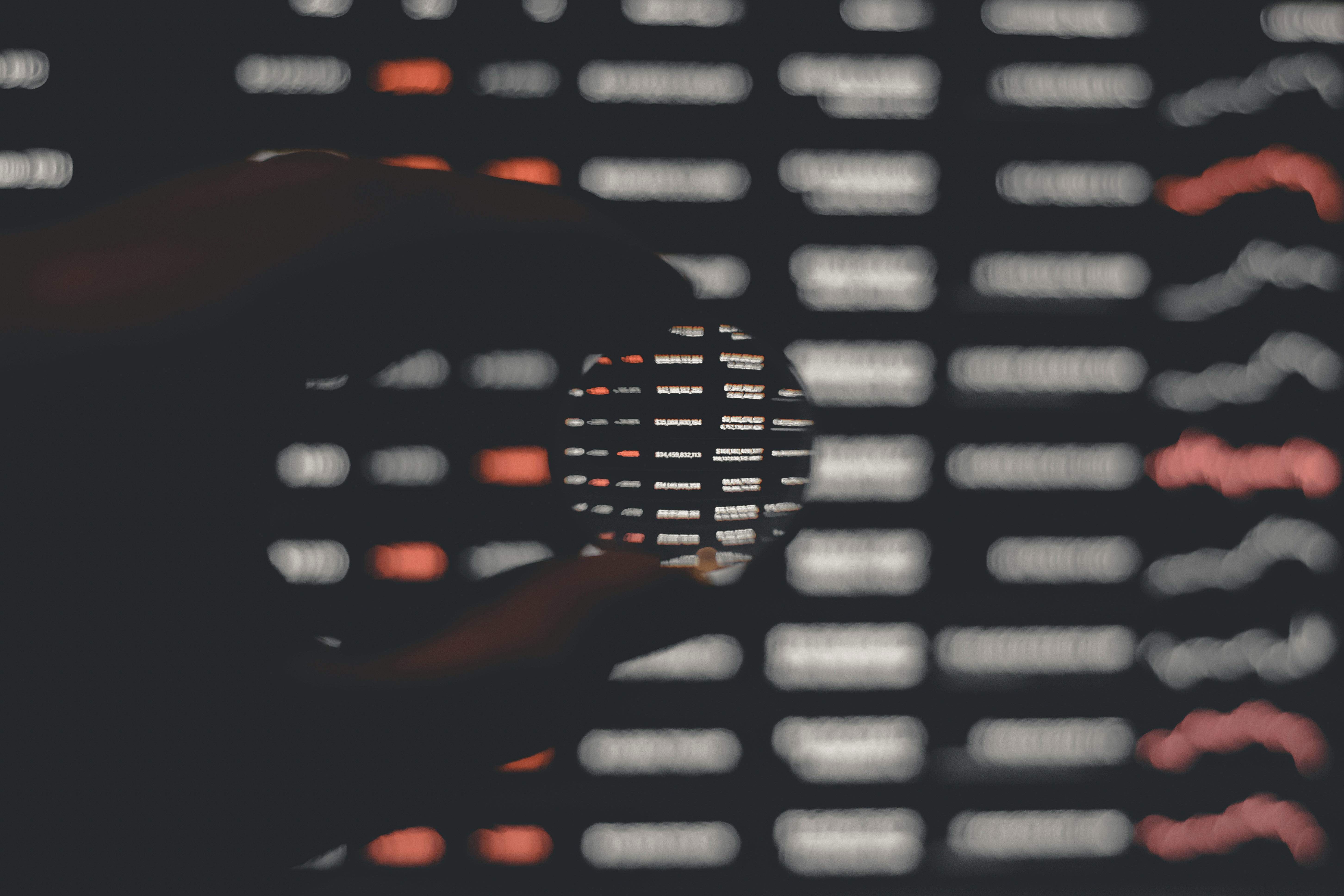Discovering Perceptual Art: A New Wave in Sensory Perception
In today's rapidly evolving art world, one movement stands out as a unique and thought-provoking exploration of human perception: perceptual art. This article delves into the origins, developments, and current trends of this intriguing artistic movement, providing a comprehensive look at its significance and impact.

The Genesis of Perceptual Art
The roots of perceptual art trace back to the 1960s, when artists began experimenting with optical illusions and visual perception. Groundbreaking artists like Victor Vasarely and Bridget Riley played with geometric patterns and color contrast to create works that seemed to vibrate, pulse, or shift before the viewer’s eyes. This early exploration laid the foundation for a movement that would expand to encompass all human senses.
Expanding the Scope: Beyond Visual Perception
In recent decades, perceptual art has grown beyond just visual stimulation. Artists now explore auditory, olfactory, tactile, and even gustatory experiences, aiming to engage viewers in multisensory experiences. For instance, artist Ernesto Neto creates immersive installations where viewers can touch, smell, and even taste elements of the artwork.
Current Trends in Perceptual Art
Today, perceptual art continues to push boundaries, with many artists incorporating technology to create interactive experiences. For instance, teamLab, a Tokyo-based art collective, uses digital technology to create dynamic environments that respond to the viewer’s movements. Additionally, virtual and augmented reality technologies are being employed to craft immersive perceptual art experiences.
Impact and Reception of Perceptual Art
Perceptual art has made a significant impact on the art world and beyond. Its inherent interactivity has made it popular in public art projects and exhibitions, engaging audiences in a dynamic, participatory experience. Simultaneously, it has sparked conversations about the nature of perception, reality, and human experience, challenging traditional notions of art as a solely visual medium.
Looking to the Future of Perceptual Art
The future of perceptual art promises to be as dynamic and innovative as its past. With advancements in technology and neuroscience, artists have an ever-expanding toolbox to create immersive and engaging perceptual experiences. Furthermore, as the line between art and viewer continues to blur, perceptual art offers a platform for exploring human connection, empathy, and shared experience in profound ways.
In conclusion, perceptual art is an exciting, evolving movement that challenges our understanding of perception and reality. As it engages our senses in new and unexpected ways, it invites us to reconsider our relationship with the world around us, offering a fresh, unique perspective on the human experience.




